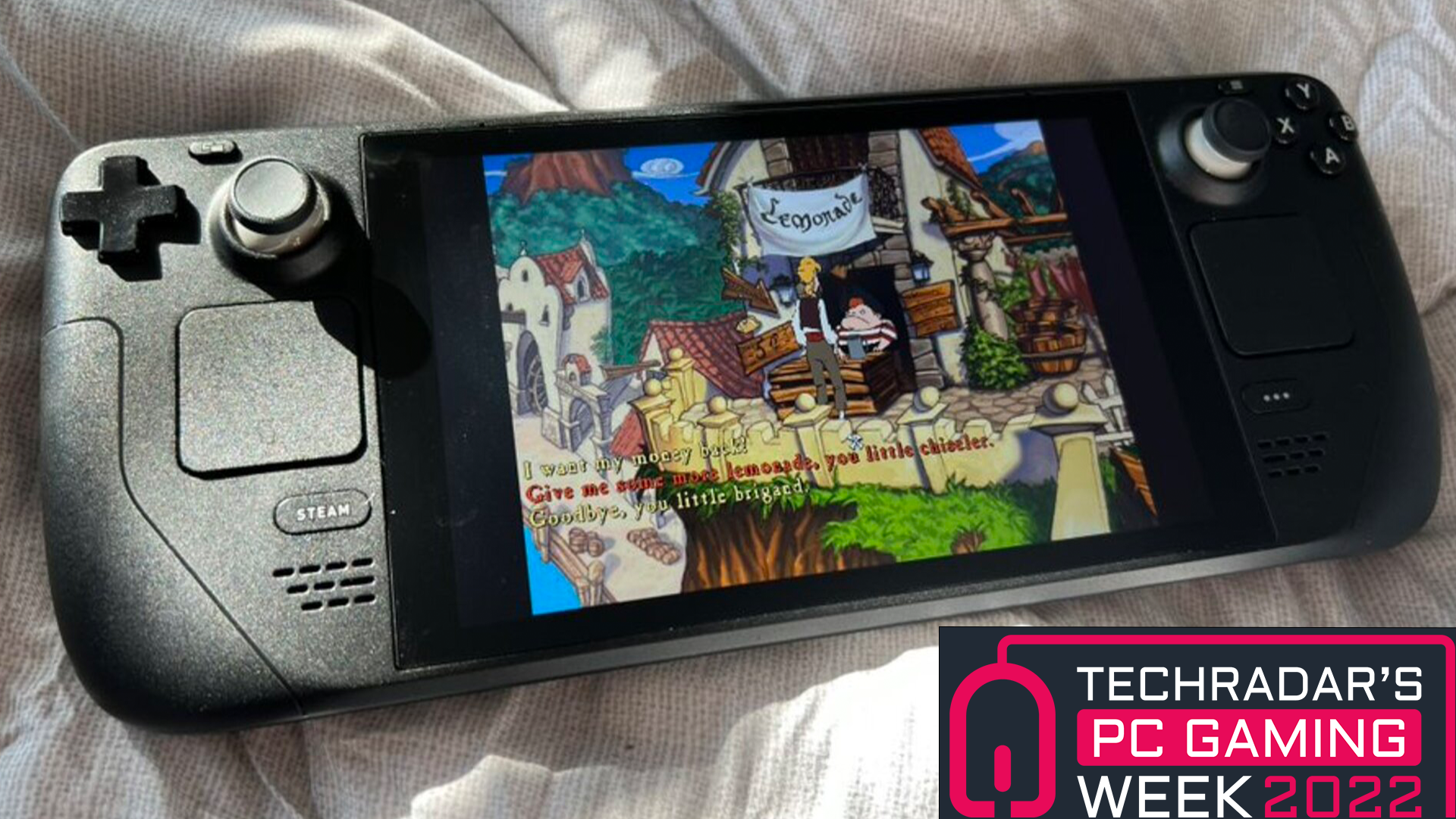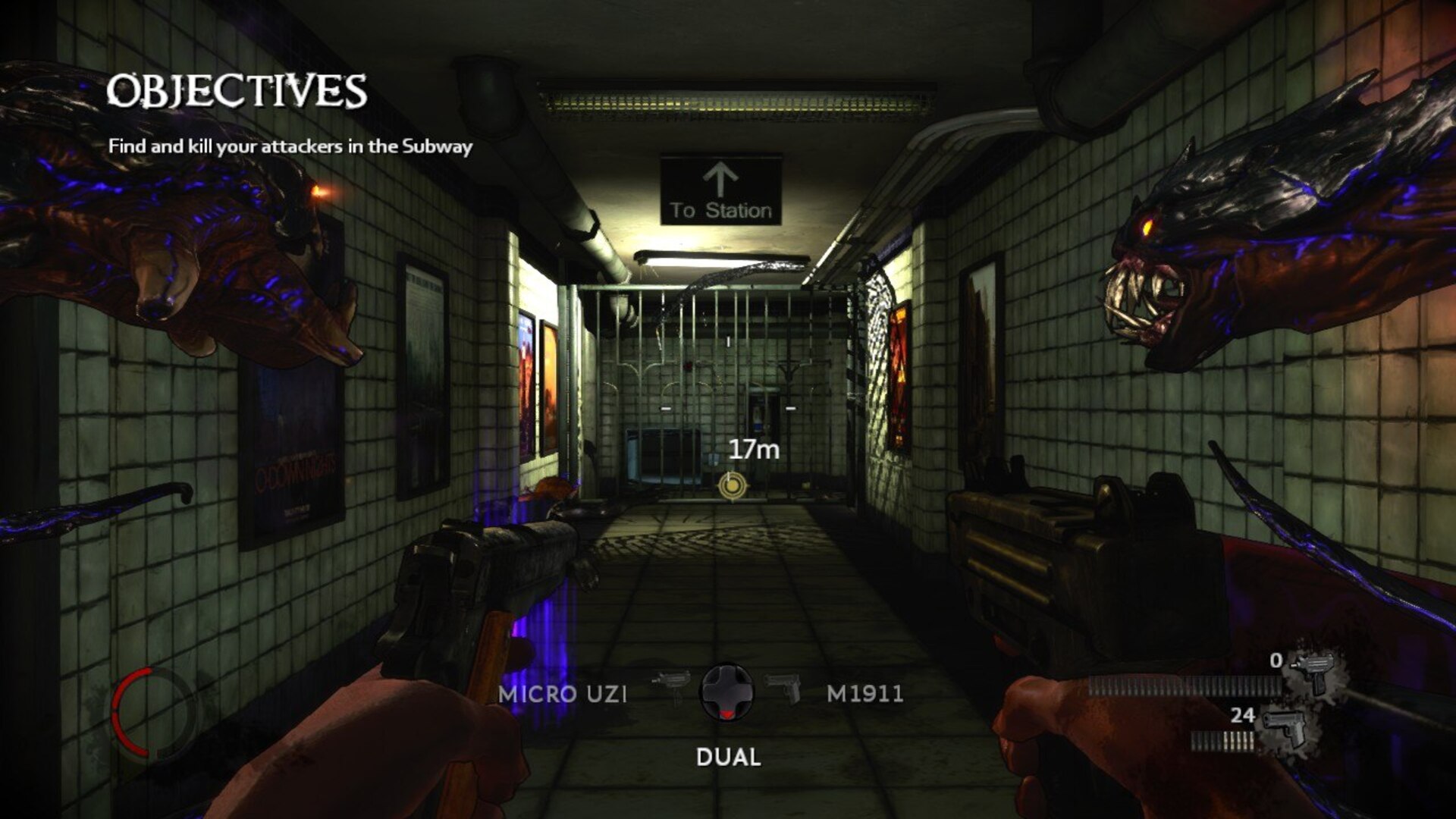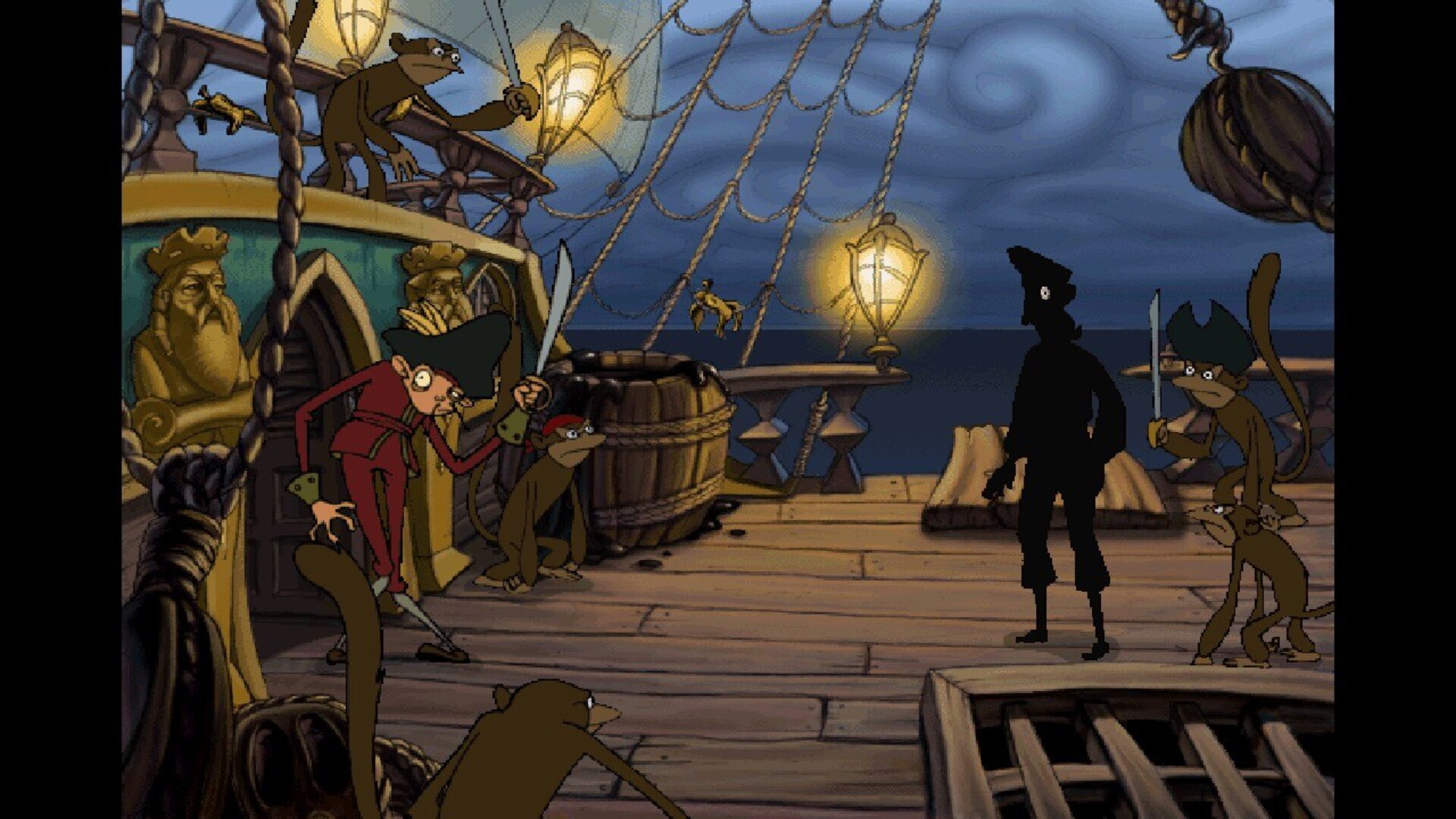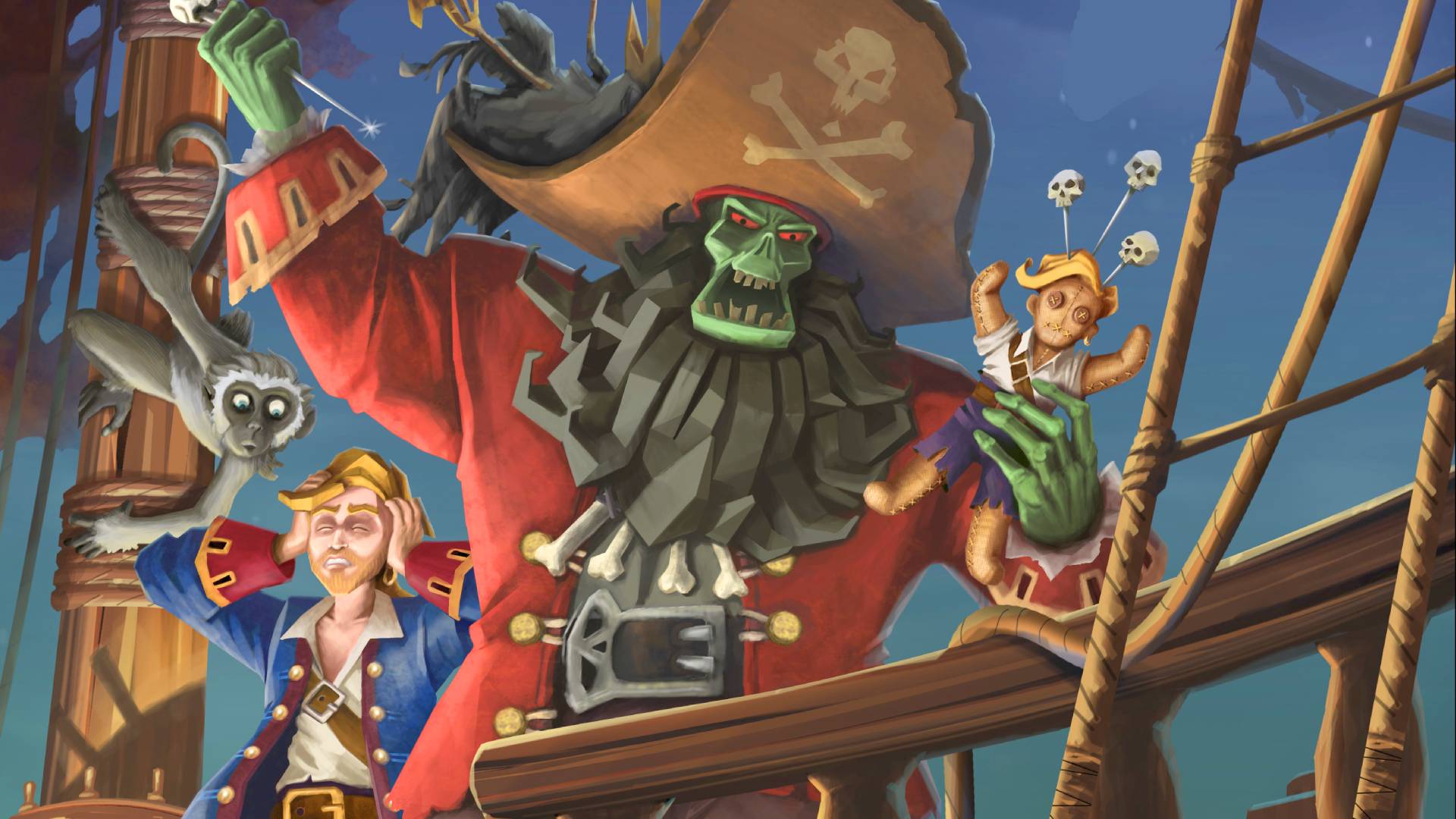How the Steam Deck breathes life into underrated old games
The Steam Deck is a revelation for game preservation

I am obsessed with my Steam Deck. I received Valve’s handheld gaming computer in May of this year, and it has quickly become my favorite console of all time. After a period of serious media burnout, it’s made me fall in love with games all over again, and I’ve finished more games in the past six months than I have in previous years. As you might expect, the rest of my consoles have been gathering dust ever since.
To illustrate how deep the rabbit hole goes, even when there’s an exclusive PlayStation or Xbox game to check out, I’m using remote play services like Chiaki and Greenlight so I can play them on my Steam Deck. God of War: Ragnarok sings on the big screen, sure, but what if you could play it from the comfort of your bed, compromise-free? In an attention-economy-addled world, that’s a gambit I’m interested in.
The bespoke nature of the Steam Deck, with its tinker-friendly Linux base and easy access to the desktop, means that it’s able to play more games than anything else you can fit between your palms. Even complex PC-only games like Mount and Blade 2: Bannerlords will work on this thing, thanks to its fully-remappable inputs and access to layouts created by savvy community members.
And herein lies the Steam Deck’s secret superpower. I’ve cleared so much of my backlog with this device, but I’ve also broadened my palette with so many cult classics that have never had the privilege of portability.
Reviving old games for a new age
I find nothing more annoying than when games are lost to time due to backward compatibility, licensing issues, awkward control schemes, or just plain old commercial unpopularity. The Steam Deck feels like a great equalizer in this regard — it will pretty much play anything that you throw at it, including a slate of underrated gems from my childhood.
2011’s The Lord of the Rings: War in the North is a game that nobody talks about, mainly because it came out in the same year as Dark Souls and Skyrim. But it’s also a fantastic third-person co-op action game with innovative RPG systems, a stellar voice-acting cast and a killer license. It feels like a continuation of the (fantastic) Lord of the Rings movie tie-in games from the early 2000s, and is a piece of history that led to Monolith’s Middle-Earth series. But history hasn’t been kind to it. War in the North was delisted on most digital storefronts and was never made backward compatible. Yet it runs like a dream on my Steam Deck.
The novelty of this process, and indeed, the quaintness of playing console-only games while on the move hasn’t worn off on me yet. My weekly rotation includes your typical favorites, but also games like Lost Planet, Max Payne 3, Gun, Kane and Lynch, Condemned: Criminal Origins, Killer7 and Project Snowblind
Get daily insight, inspiration and deals in your inbox
Sign up for breaking news, reviews, opinion, top tech deals, and more.
The Steam Deck is a goldmine if you feel nostalgic for the many many eras of experimental IPs. It has felt so refreshing to dig into this aspect of the library, given how safe and nostalgia-focused the industry can feel nowadays. One of my absolute favorite games of the 2010s was Digital Extreme’s The Darkness 2, a franchise that is now in (what looks like) perpetual stasis, for some reason.
Into the Darkness

A pretty relic of the past, I was so surprised to find that it runs perfectly on the Steam Deck in 2022, better than it ever did at launch. I was able to find a new appreciation for the aspects of the game that stuck with me when I was a teenager, like the game’s inimitable cel-shaded art style, evocative of the same graphic novels The Darkness 2 is based on.
“It took a lot of work to make a game where the scene lighting could be affected by the gameplay and, at the same time, affect the gameplay itself. This wasn't easy to manage as each setting and gameplay scenario needed to work in light and shadow. Even now, if we can avoid it, we tend to avoid such systems in our games,” said Mat Tremblay, Art Director on The Darkness 2.
“There were other games at the time, like Borderlands, who were doing something similar, but I think we were successful in getting our game to stand out among the crowd. The subject matter, the graphic novel roots. We wanted to embrace that visual style as so many games at the time focused on desaturated realism”
There’s also the unique combat, which blends a first-person shooter with a hack ‘n’ slash, as you wield the proverbial darkness to slash and juggle mobsters, or pin them to the wall with lobbed metal poles. This ‘play with your food’ approach to battle has seen success in later games like Sony Santa Monica’s God Of War: Ragnarok.
“I mean, wielding those Demon Arms! It's so visceral,” Tremblay said. “In the end, the game came together nicely, and it is great to see that it might see a resurgence on platforms like the Steam Deck … Too many great games are made and then forgotten as the shiny new game gets announced and released.”
What was it about this period that led to so many cult classics? Tremblay notes that back in 2012, they were still making games “as a boxed product,” which enabled fierce competition. “When people only have so much money to spend on games, they might go with the safe bet more often than not.”
Tremblay was interested in the idea of working on another game in the series, but noted that as of right now, Digital Extremes is working on its free-to-play behemoth Warframe and the upcoming Soulframe. “If we were to get the opportunity to do Darkness 3, it would be interesting to see how the Jackie Estacado story could be expanded,” Tremblay said. “We have matured as developers and would suggest that we would be able to expand on that story in ways that we may not have been equipped to back then.
Back to the Island

Another game that has found a new home on the Steam Deck is Curse of Monkey Island, the LucasArts classic from 1997. After reviewing Return to Monkey Island, I figured it’d be a good time to check out the series foundation that is lacking the remake treatment the first two games received.
I know what you’re thinking. A point-and-click? On a handheld device? But the Steam Deck’s trackpads make it the best way to play this genre. All you have to do is change the layout so that the right touchpad thinks it’s a computer mouse, and you’ve got a portable point-and-click interface ready to play a 90s classic with a timeless art style.
“We looked at a lot of the artistic development and production process that Disney and the other traditional studios used, as well as art styles from classic book illustrators,” said Larry Ahern, co-project leader on Curse of Monkey Island. “I think Curse was at a unique place in terms of design and production values. The game features a lengthy and complex design that is much like older games that had to lean on this element to entertain their audience because they couldn’t do much with art and animation,” he continued. “But then with Curse we had higher resolution, and brought in a team of classically trained traditional animators, a digital ink and paint system used primarily in films, and blended the two.”
Curse of Monkey Island felt like a rare treat on the Steam Deck, with its gorgeous assets scaled up on the 800p screen. It’s hard to come across a truly funny video game, but Curse had me consistently in stitches, with its warm characters and biting wit. A full-sail remake would be nice to have, but in lieu of that reality, this is a wonderful option for modern players.

“A few years back it seemed like the company was working their way through special editions for a lot of the old games, so we were hoping they’d make their way to Curse, but then things kind of stalled out,” Ahern said. “I’m definitely in favor of the portability of games and playing in smaller chunks or chapters. I think it opens games up to a wider audience if players don’t feel they need to buy expensive hardware and commit an entire day to make a dent in the game they’re playing.”
After Curse of Monkey Island, Ahern went on to work on Insecticide, another underrated gem from LucasArts alumni that blends action-adventure combat and exploration with inventory puzzling in 3D space, Grim Fandango style. Part 1 of the action-adventure detective game landed in 2008, boasting awesome voice-acted animated cutscenes and fun puzzles, but Part 2 was canceled and never officially materialized. It’s another underrated gem that is, remarkably, plug-and-play on the Steam Deck.
"I’d love another take on the world of Insecticide. I think we were a little too early on the indie scene with that one. Just a few years later and development would have been so much easier with off-the-shelf game engines and other tools to support remote teams,” Ahern said. “It would be fun to make another game like that, but I think many of my original game concepts may not be commercial enough to justify the budgets I’d like to work with. So, never say never, but it would take a great idea and a very supportive publisher to lure me back.”
As we move further into its life cycle, the Steam Deck’s future only seems to get brighter. It’s a force to be reckoned with, both as a powerful handheld equalizer and a means to preserve video game history. This forward-thinking device brings with it the added privilege of a window into the past, and hopefully, as more games get community support and deck verification, the unparalleled library will grow, bringing countless cult classics with it, so that they can get the appreciation they deserve.
Jordan Oloman is a journalist and documentarian with experience across the pop culture/tech spectrum writing reported features, reviews. news, guides, op-eds and more for a wide variety of outlets. He is also an affiliate streamer on Twitch and have previous experience in scriptwriting, podcasting, game consultation and creating video content.
